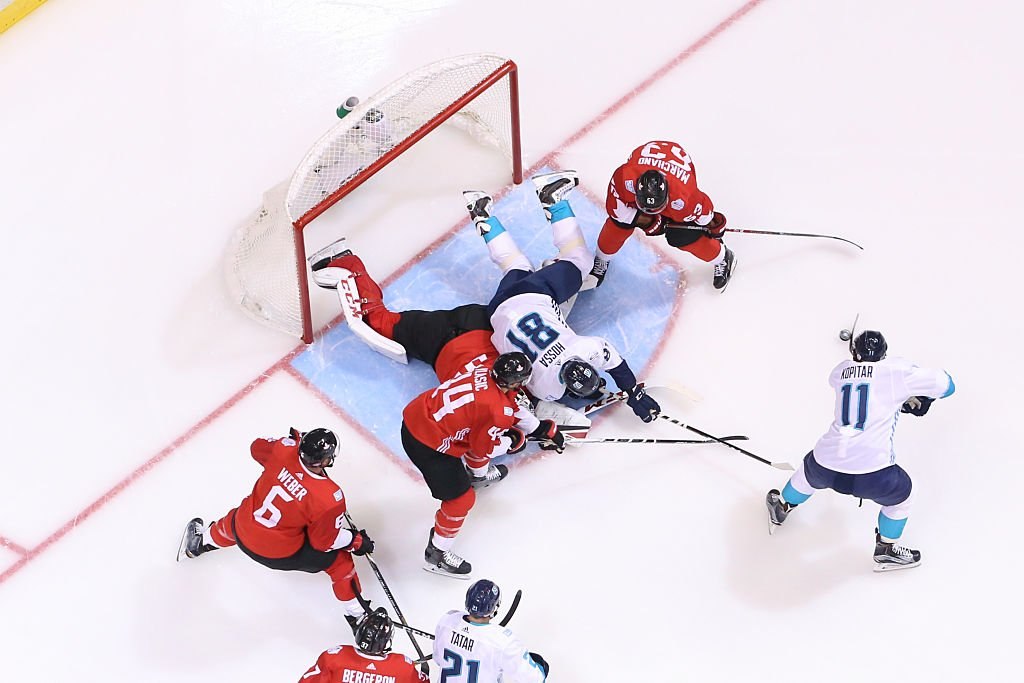Key findings:
- Two in five adults in Finland (40%) and over a third in Canada (35%) say they follow ice hockey.
- Middle-income consumers make up 45% of ice hockey fans, while 16% come from higher-income groups.
- 77% of ice hockey fans watch games live on TV — among the highest across major sports.
The World Cup of Hockey is set to return in February 2028, with the NHL and NHLPA now inviting host city proposals after an expression-of-interest phase drew responses from 25 cities across North America and Europe. The 12-day, eight-nation tournament will feature 17 games — including semifinals and a championship game — and will be accompanied by fan events and global broadcast coverage. Final host city selections are expected in early 2026. In this piece, we look at the fan following for ice hockey in some key markets.
Ice hockey’s fan footprint
Out of the six markets we look at in this piece, YouGov Global Fan Profiles data shows that ice hockey has its biggest fan base in Finland, where four in ten adults say they follow the sport. Canada remains another key market, with 35% of the population identifying as fans, rising to 40% among those 55 and older. Sweden and Switzerland also boast strong followings at 24% and 19%, respectively.
In the US, where the NHL is co-headquartered, about one in ten adults follow ice hockey, with slightly higher engagement among those over 35. Austria rounds out the list with a smaller but notable 9% following. These numbers highlight a predominantly northern and central European fan base, with significant interest in North America — a dynamic that will make the 2028 World Cup a truly global event.
Income profile of ice hockey fans
Looking at the income profile of fans in these markets shows that ice hockey enjoys its strongest following among middle-income audiences, with 45% of fans coming from households earning between 75% and 200% of the national median. Lower-income fans make up 29% of the base, while higher-income households (earning more than twice the median) account for 16%.
This income distribution is very similar to baseball and basketball, which also draw about 45% of their fans from middle-income households, but ice hockey has a slightly smaller share of lower-income fans than the NFL (29% vs. 36%). Its share of higher-income followers is on par with soccer and tennis (16%), and higher than basketball or baseball (both 12%). This positions ice hockey as a sport with a relatively balanced socio-economic fan base, skewing slightly more toward the middle and upper segments than some other mass-market sports.
How ice hockey fans consume sports media
Ice hockey fans in these markets are highly engaged with live TV, with 77% watching games live — roughly in line with fans of football and baseball. They are also slightly more reliant on traditional broadcast than fans of basketball or soccer, who show a stronger tendency toward online viewing and social media engagement.
Highlights consumption is a major part of the hockey fan experience, with 52% watching TV highlights or replays and 40% consuming highlights and other content online. About four in ten hockey fans watch live streams online, putting them on par with baseball and football but behind soccer (54%) and basketball (49%).
Social media plays a role for over a third of hockey fans (37%), lower than basketball or soccer fans (both 52%), suggesting that digital engagement still has headroom to grow. Mobile app usage sits at 28%, again slightly lower than in digitally driven sports like basketball and soccer. Traditional channels still have an audience, with one in five hockey fans consuming coverage via newspapers and just under a quarter listening on radio.
Methodology: YouGov Global Fan Profiles tracks the size, make-up, attitudes and behaviours of fan bases in 50+ markets around the world. Discover everything you need to know about fan bases globally. Learn more about Global Fan Profiles.
